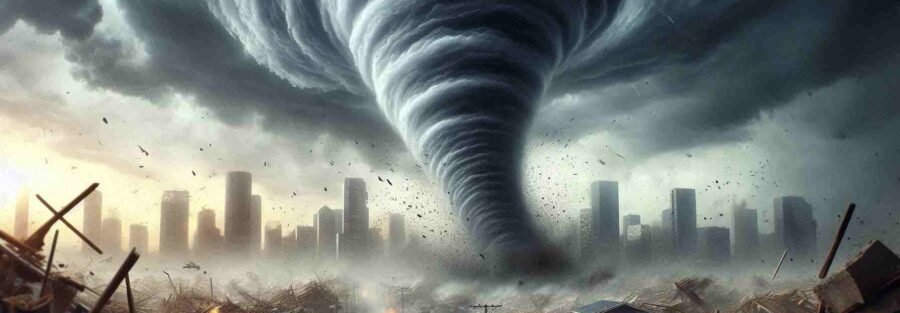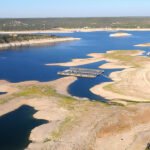Tornadoes happen most often in North America, specifically in central and south-eastern areas of the United States known as Tornado Alley. The United States has more tornadoes than any other country in the world.
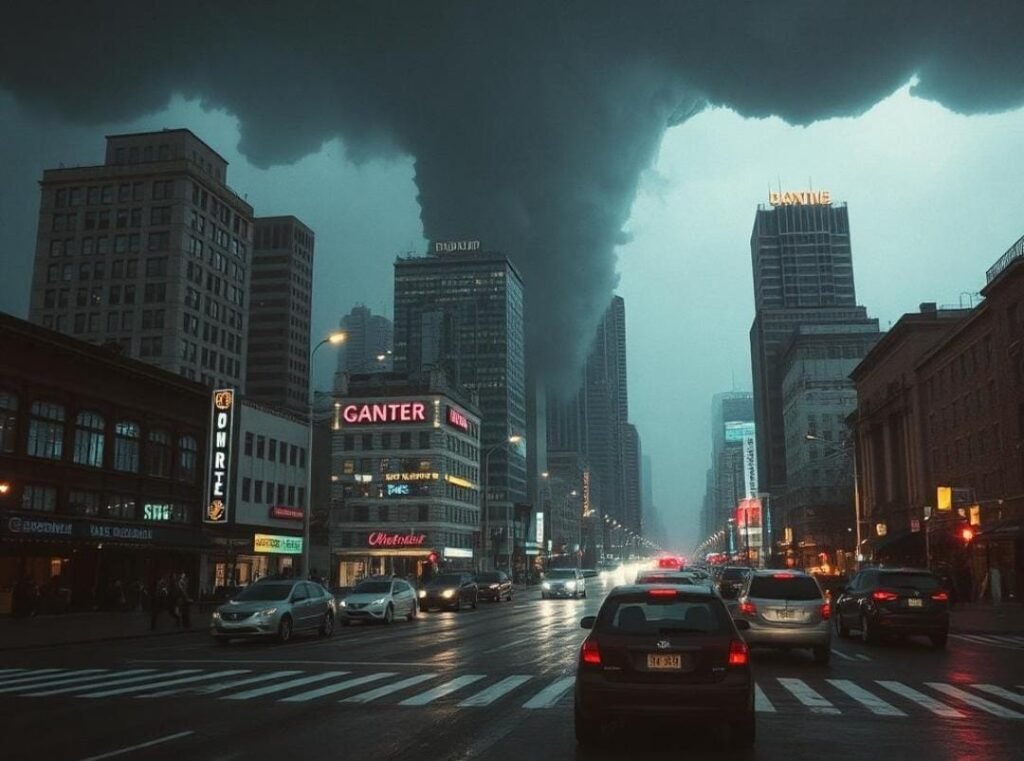
What is a Tornado?
Imagine a massive, swirling column of wind moving across the land, strong enough to lift cars, destroy houses, and rip trees from the ground in seconds. That’s a tornado!
A tornado is a rapidly rotating column of air that is in contact with both the surface of the earth and a cumuliform cloud. It is often seen as a funnel-shaped cloud. These powerful storms can bring heavy rain, lightning, and hail. Tornadoes vary in size and strength, with wind speeds that can go beyond 200 mph, causing a huge destruction in their path.
Tornado Rating Scale:
To measure how strong a tornado is, scientists use the Enhanced Fujita (EF) Scale, which ranks them based on their wind speed and damage level:
- EF0 (Weak) – Winds of 65-85 mph: minor damage like broken tree branches and small roof damage.
- EF1 (Moderate) – Winds of 86-110 mph: stronger winds that can rip off roofs and flip cars.
- EF2 (Significant) – Winds of 111-135 mph: can destroy buildings and throw heavy objects.
- EF3 (Severe) – Winds of 136-165 mph: causes extreme damage, knocking down walls and uprooting large trees.
- EF4 (Devastating) – Winds of 166-200 mph: destroys homes, hurls cars through the air, and causes deadly destruction.
- EF5 (Incredible) – Winds over 200 mph: everything in its path is wiped out, leaving nothing but debris.
Stages of a Tornado:
Tornadoes don’t just appear out of nowhere. They go through a series of stages, from the initial storm formation to their final fading moments.
1 – Storm Development:
It all starts with a powerful thunderstorm, known as a supercell. These storms form when warm, moist air from the ground rises and meets cold, dry air in the upper atmosphere. At this stage, there are no tornadoes yet, but the storm is growing in strength.
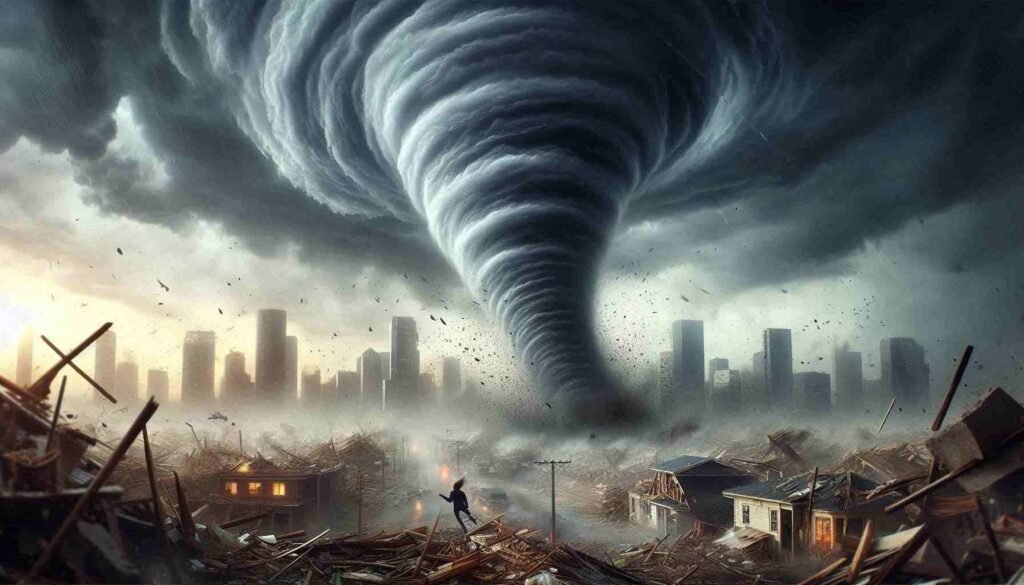
2 – Rotation Formation:
For a tornado to develop, there needs to be wind shear, which means the wind is blowing at different speeds and directions at different heights. This creates a horizontal spinning effect in the atmosphere. At this point, meteorologists (weather scientists) can detect the rotation on radar.
3 – Tornado Formation:
As the rotating air column strengthens, a funnel cloud forms. This funnel is made of rapidly spinning air. If this funnel cloud reaches the ground, it officially becomes a tornado.
4 – Maturity Stage:
This is the most dangerous stage. At its peak, the tornado reaches maximum wind speeds and causes the most damage. This stage can last from a few minutes to over an hour, depending on weather conditions.
5 – Dissipation Stage:
Tornadoes don’t last forever. Eventually, a tornado weakens as it loses contact with its energy source (warm air). The funnel cloud becomes thinner and eventually disappears.
Tornado Safety: Why It Matters?
Tornadoes can strike quickly, leaving behind destruction in just minutes. Every year, they cause injuries, loss of life, and billions of dollars in damage. They come with little warning, giving people very little time to react. That’s why knowing what to do before, during, and after a tornado is so important. A solid safety plan can save lives, prevent injuries, and reduce damage.
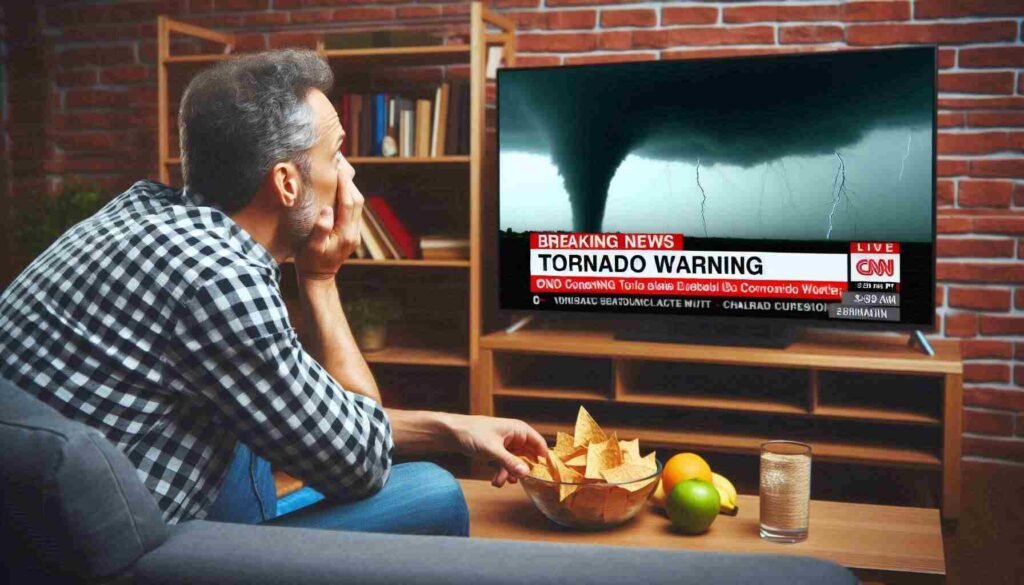
Stay Informed: Know When a Tornado is Coming:
The first step to staying safe is knowing when a tornado might happen. Meteorologists use weather radar to track storms and issue alerts.
- Tornado Watch – This means conditions are favourable for a tornado to form.
- Tornado Warning – This means a tornado has been spotted or detected by radar.
To Stay Informed:
- Tune in to weather apps, local news, or the National Weather Service (NWS).
- Set up emergency alerts on your phone.
Find a Safe Place: Where Should You Go?
When a tornado strikes, finding a strong, safe place to shelter is the most important thing. Where you go depends on where you are:
- At Home: Seek shelter in a basement, storm cellar, or an interior room with no windows on the lowest floor.
- In a Building: Move to a designated storm shelter, avoiding windows and open areas like auditoriums, cafeterias, or gymnasiums (roofs can collapse).
- Outside or in a Vehicle: Lie flat in a low-lying area, covering your head. If you’re in a car, drive perpendicular to the tornado’s path if possible. Do not seek shelter under bridges or overpasses.
Be Prepared: What to Keep in an Emergency Kit
Being prepared before a tornado hit can keep you safe and comfortable if you are left without power or shelter. Here’s what your emergency kit should include:
- Bottled water (at least 3 days’ supply per person)
- Non-perishable food (canned goods, protein bars, dry snacks)
- Medications and personal hygiene items
- First-aid kit
- Flashlights and extra batteries
- A whistle (to signal for help if trapped)
Practice Drills: Make Sure Everyone Knows the Plan:
It’s not enough to just know what to do, you need to practice it as well! Families, schools, and workplaces should hold tornado drills, so everyone reacts quickly in an actual emergency situation.
What to Do During and After a Tornado
During a Tornado:
- Get to your safe place as quickly as possible.
- Cover your head and neck with a sturdy object.
- Stay low to the ground and protect yourself from flying debris.
After a Tornado:
- Check yourself and others for injuries. Apply first-aid if needed.
- Avoid damaged buildings. They may collapse.
- Stay away from fallen power lines. They can be dangerous.
- Contact family members to let them know you’re safe.
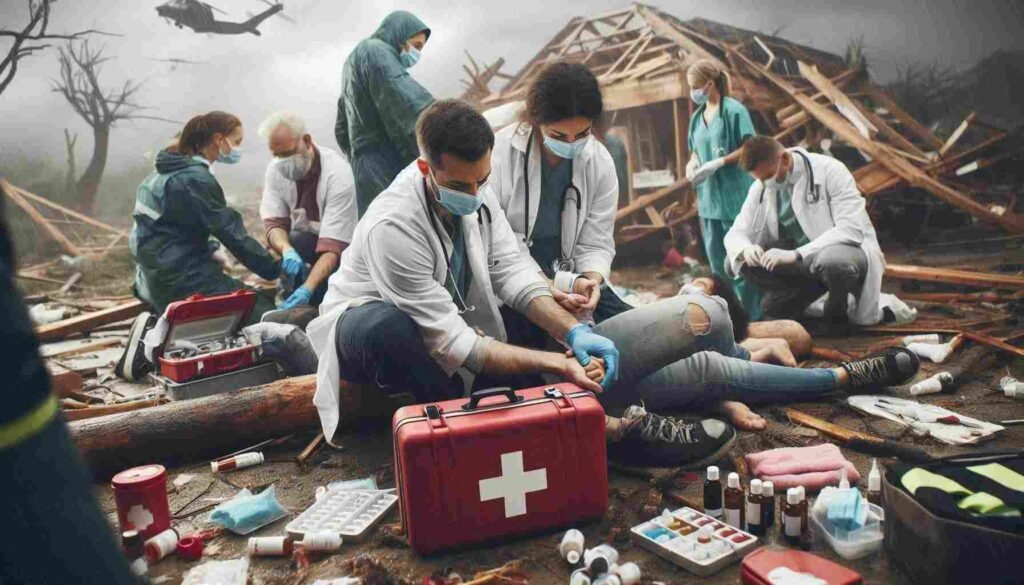
Conclusion:
Tornadoes are one of nature’s most powerful forces, but by staying informed, knowing where to go, and being prepared, you can stay safe. Remember, a few minutes of preparation can make the difference between life and death. Stay alert, stay prepared, and stay safe!


